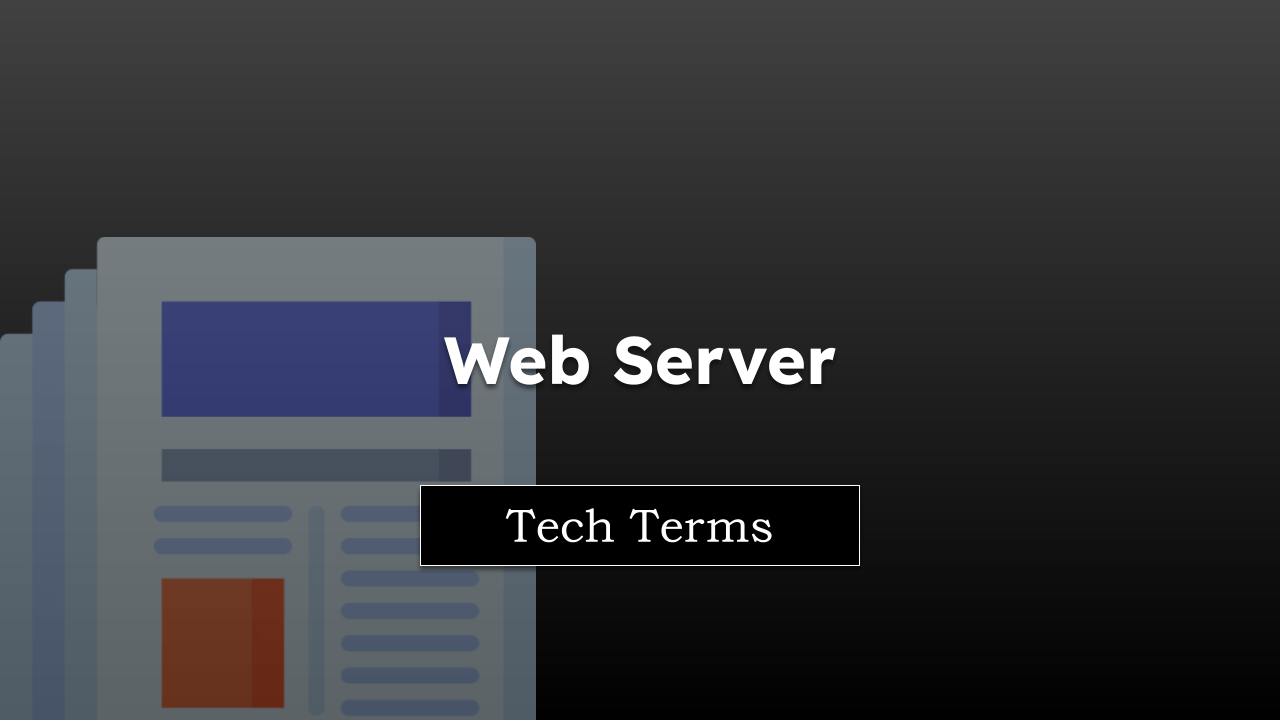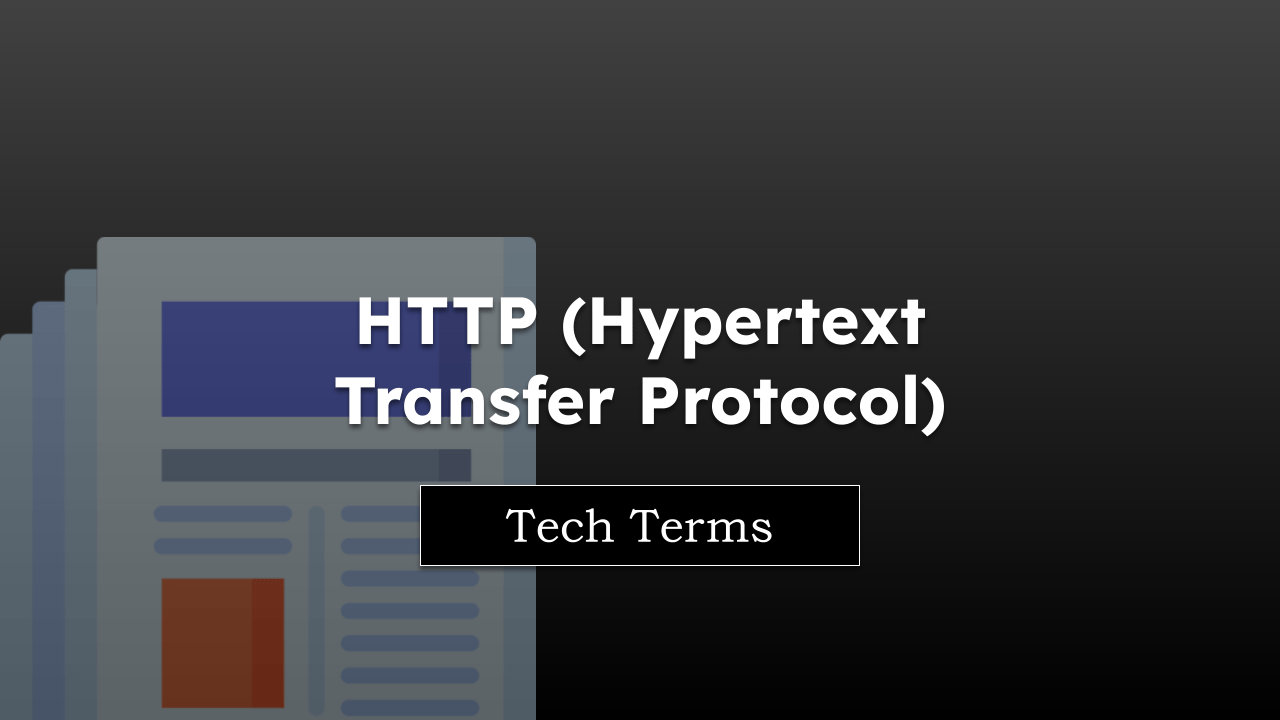As you browse the internet, you may notice that some website addresses start with http:// while others start with https://. That additional s holds a lot of significance. It stands for “Secure”, and the entire term HTTPS is short for Hypertext Transfer Protocol Secure. But what does this mean to you?
When you visit a website, your browser needs to communicate with a server to fetch the site’s content for you. The protocol that facilitates this communication is HTTP. However, HTTP alone doesn’t provide any security—it’s like having a conversation in public where anyone can listen in.
Note: The page is part of the browser vocabulary to help you understand technical terms.
In this guide, I have shared written instruction about:
How Does HTTPS Work?
Enter HTTPS, the secure version of HTTP. Think of HTTPS as having a private, coded conversation in a crowded room. Even if someone overhears your conversation, they won’t understand it because it’s encrypted. In technical terms, HTTPS uses a protocol called SSL (Secure Sockets Layer) or TLS (Transport Layer Security) to encrypt the data that travels between your browser and the server.
This encryption ensures that if a hacker intercepts the data—say, your credit card number or your password—they can’t read it because it’s all scrambled up. Only your browser and the server have the unique keys to decrypt and understand the information.
An Easy-to-Understand Example
Let’s take an example: imagine you’re at a coffee shop and you’re ordering a special coffee. If your order is made using HTTP, you’d shout out your order to the barista. Anyone in the coffee shop could hear what you’re ordering.
But with HTTPS, it’s like you write your order on a piece of paper, put it in a box and lock it, then give the key to the barista, which then unlocks the box and reads your order. This way, only you and the barista know what your order is, even though you’re in a crowded coffee shop.
Bottom Line
In a nutshell, HTTPS is a protocol that ensures a secure and private transfer of data between your browser and the websites you visit. It’s like a secure line in the vast world of the internet, ensuring that your personal and sensitive data stay private and intact.
So, when you see that s in https:// at the start of a web address, you know your information is secure.
Lastly, if you've any thoughts or feedback, then feel free to drop in below comment box. You can also report the outdated information.







